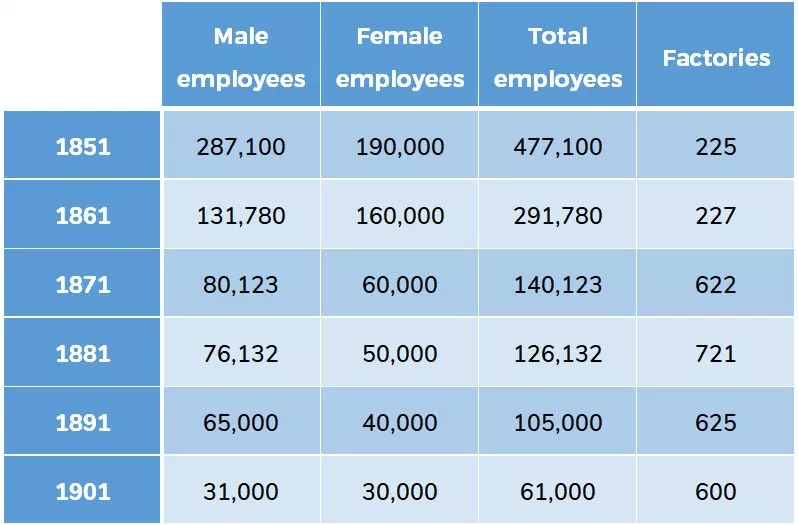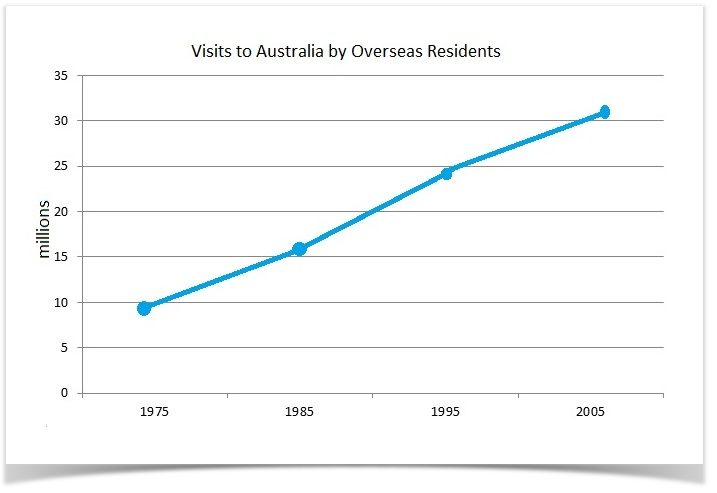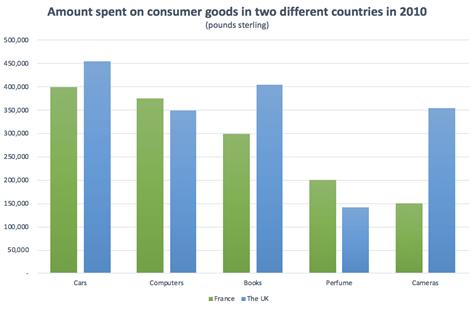amira11545
Oct 18, 2020
Writing Feedback / IELTS TASK 1: MIXED CHARTS ON EDUCATION IN SINGAPORE [3]
Singapore
The bar chart compares average number of years males and females attended school and the pie chart illustrates levels of education attained by adults in Singapore between 2000 and 2010. Overall, there was an increase in the number of years spent at school for both males and females, and the figure for men was higher throughout the period. Also, the level of education in Singapore increased over 10 years.
According to the bar chart, in 2000, the average number of years males attended school was around 9 years, which gradually rose to nearly 12 years in 2010. Meanwhile, females spent an average of 8 years at school in 2000. This figure remained stable until 2004 and slightly increased to reach 9 years in 2010.
As can be seen from the pie charts, in 2000, nearly one-third of Singapore's population finished high school. The figures for primary and secondary schools were almost identical (with 30% for each), compared to nearly 8% studying for a master degree. However, after 10 years, the level of education people in Singapore achieved was significantly higher, with nearly 33% pursue tertiary education, and only 2% leaving after finishing primary school.
(Word count: 190 words)
IELTS TASK 1: MIXED CHARTS
Singapore
The bar chart compares average number of years males and females attended school and the pie chart illustrates levels of education attained by adults in Singapore between 2000 and 2010. Overall, there was an increase in the number of years spent at school for both males and females, and the figure for men was higher throughout the period. Also, the level of education in Singapore increased over 10 years.
According to the bar chart, in 2000, the average number of years males attended school was around 9 years, which gradually rose to nearly 12 years in 2010. Meanwhile, females spent an average of 8 years at school in 2000. This figure remained stable until 2004 and slightly increased to reach 9 years in 2010.
As can be seen from the pie charts, in 2000, nearly one-third of Singapore's population finished high school. The figures for primary and secondary schools were almost identical (with 30% for each), compared to nearly 8% studying for a master degree. However, after 10 years, the level of education people in Singapore achieved was significantly higher, with nearly 33% pursue tertiary education, and only 2% leaving after finishing primary school.
(Word count: 190 words)
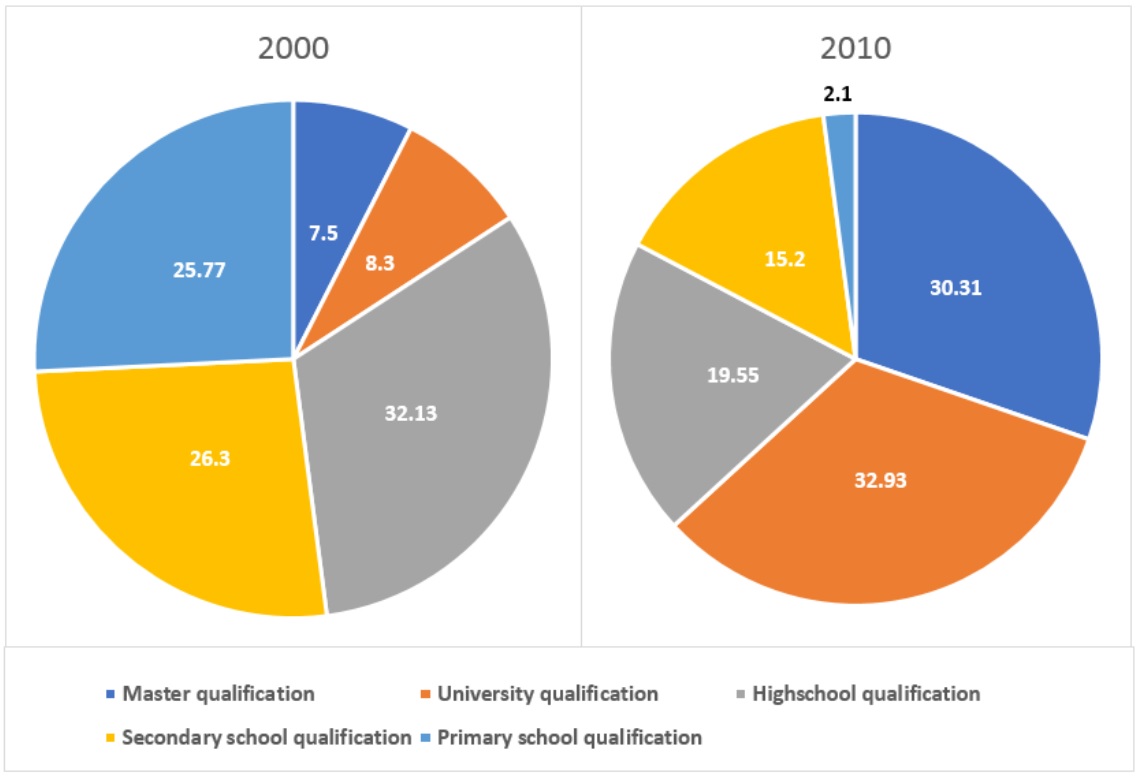
ieltswritingrecent.jpg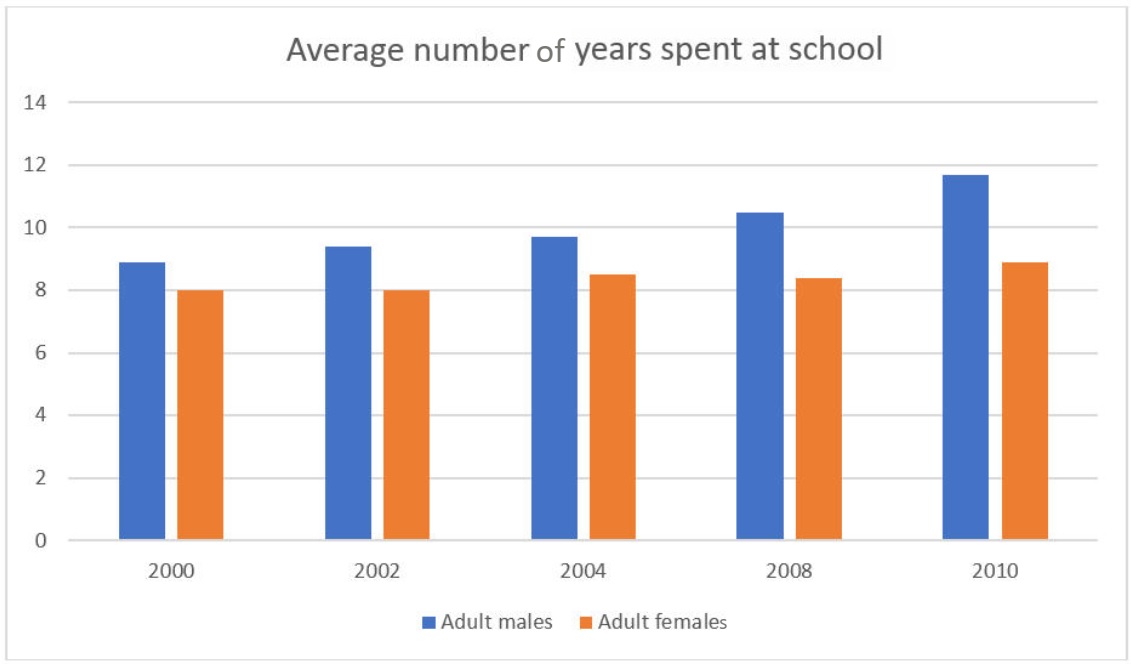
ieltswritingrecent.jpg

